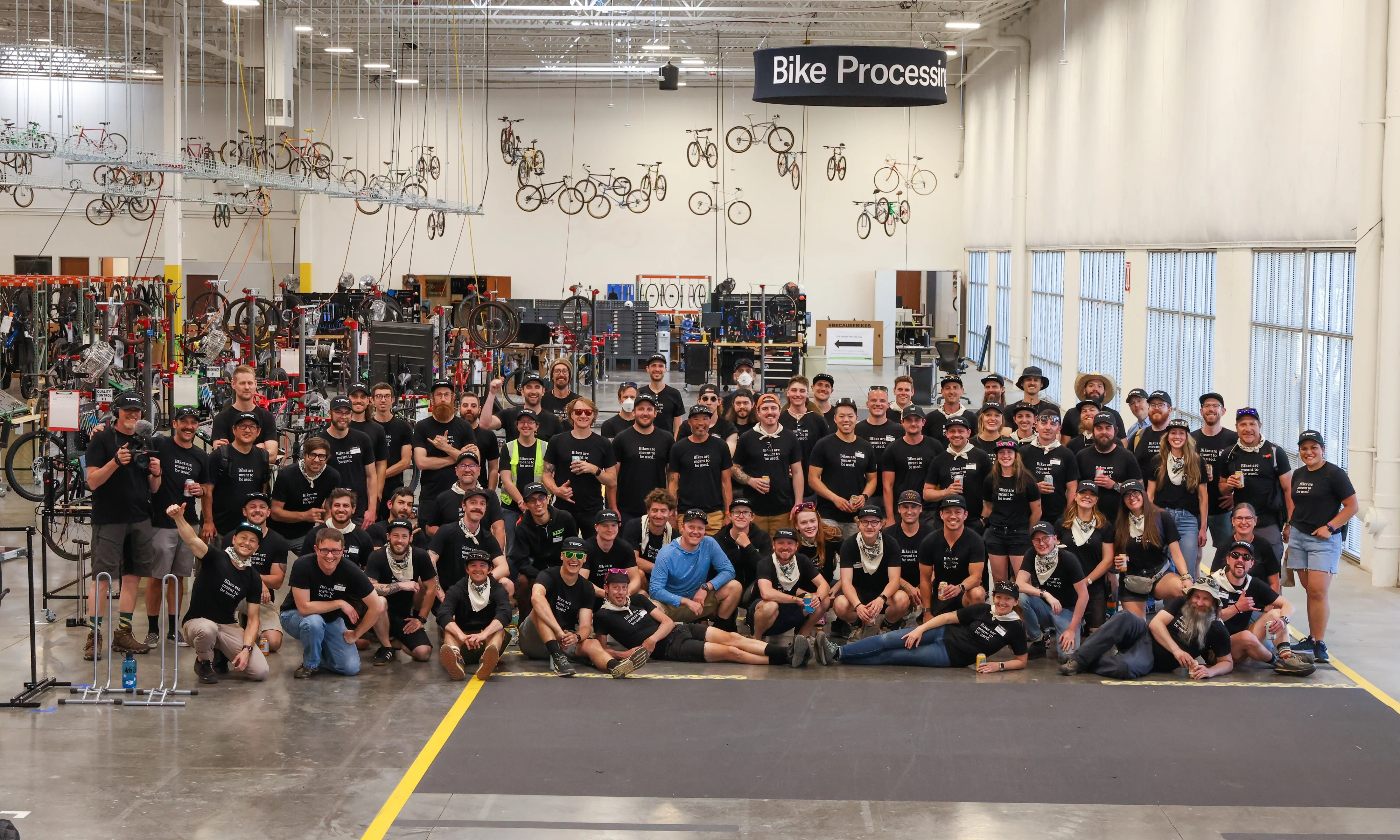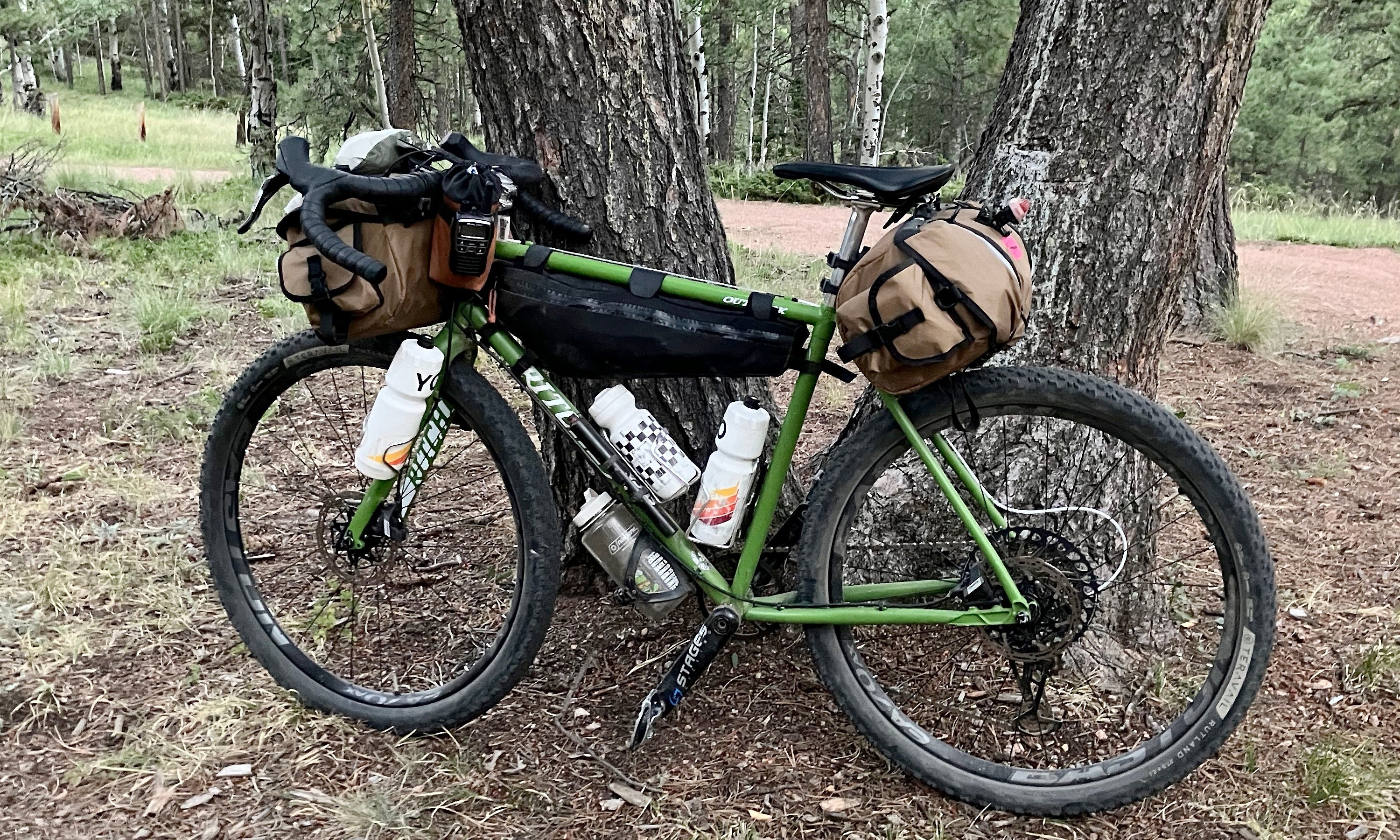Silver Rush 50 Video Recap:
Silver Rush 50 happens a month before the Leadville Trail 100 MTB, and it was the perfect event for me to address two concerns I had:
- The effect elevation has on my power and recovery
- My Leadville 100 starting corral
First off, elevation. Leadville starts at 10,000 feet above sea level and climbs to 12,600 feet at its highest point. This is super high! Above 10,000 ft, it’s a lot harder to breathe, you produce less power, and it’s harder to recover from hard efforts. You also go into “dark places” mentally more quickly. I haven’t done much riding at elevation, so this is pretty foreign to me. Silver Rush 50 starts in Leadville and climbs up to 12,000 feet, so I’ll get some valuable firsthand experience.
Then there’s my Leadville corral. If you’re chasing a fast finish — e.g., sub 9 hours to earn the big belt buckle — then starting earlier in a faster corral can make a huge difference. With fewer riders in front of you, you’ll run into less traffic and reduce the amount of walking and waiting you do on the tough climbs. Silver Rush 50 is a Leadville qualifier, so a result could bump me up from the Brown corral, which is at the very back.
Racing here should also give me an idea of what finish time to target at Leadville. Supposedly, if you multiply your Silver Rush 50 finish time by 1.8, it roughly equates to your Leadville 100 finish time.
Silver Rush 50 Is Harder Than the Leadville 100?

The Silver Rush 50 start. Photo: Life Time
I’ve been spending a lot of time learning about Leadville and getting tips from people who have finished Leadville.
All of my co-workers who have raced Silver Rush 50 have said that it is potentially harder than the Leadville Trail 100. The terrain is rougher, with more chunky and loose rock. The climbs are steeper and there are very few flat sections. Even though the course is half the distance, it packs in more climbing per mile than Leadville.
Silver Rush 50 Stats:
- 48.4 miles
- 7,503′ Elevation Gain
- 12,024′ Highest Point
The extra difficulty of Silver Rush 50 is why 1.8 is the multiplier used to estimate your Leadville time (rather than 2).
It also has one of the most interesting race starts I’ve ever done. Riders line up at the bottom of a sledding hill. When the gun goes off (it’s an actual shotgun blast, just like Leadville 100), everyone runs… or walks up the hill with their bike and passes through the timing gate. This start spiked my heart rate immediately.
The Terrain

While Silver Rush 50 is a mountain bike race, the terrain mostly consists of fire roads and double-track trails. There is a bit of smooth singletrack, but it comes at the very end and isn’t very consequential.
While this isn’t trail riding, I was still surprised by just how ROUGH the course was. These “roads” clearly don’t see much maintenance. They are covered with loose and chunky rocks ranging from marble to softball size.
Generally, there is always at least one clean line that is slightly easier to ride. Passing other riders often requires diving off the clean line and into loose chunder, which requires a burst of power. If you’re not an experienced or confident mountain biker, practicing on some loose and rocky terrain will help a lot, especially on descents. Due to 2-way traffic, descenders are often forced to ride down the roughest and loosest part of the trail to avoid uphill traffic.
5 Brutal Climbs

- Mile 8-10.5: County Road 2 B Climb - 8.1%
- Mile 16-17.5: County Road 1 A Climb - 11%
- Mile 25.5-26: Unnamed Road Climb - 8.0%
- Mile 32.5-33.5: Oro City Climb - 6.8%
- Mile 35.5-37: County Route 2 B Climb - 6.0%
There is A LOT of climbing at Silver Rush 50, but these are the 5 climbs that stand out as being particularly hard. The first two probably deserve the most attention. They are the steepest climbs, and thanks to the extremely loose and rough surface, they’re very difficult to clean. Many riders get off and walk.
It’s very easy to blow up on these first two climbs (more on that below) so if you’re pushing above your threshold to power over technical sections, it’s probably a good idea to walk just to conserve energy for the climbs in the back half of the race.
The last 3 climbs on this list aren’t as steep or loose as the first 2, but they come after the halfway point in the race when you’re depleted and (likely) suffering. The final climb is the “easiest,” because it’s not as steep, but it’s long, grinding, and exposed to the sun, so it was pure suffering for me.
Equipment Choices

Considering the course and terrain, here are my thoughts on what I’d want to bring to Silver Rush 50 next time:
- Lightweight full-suspension XC bike
- Lightweight 2.4” XC tires (maybe with inserts)
- The smallest chainring possible
- Hydration pack + bottle(s)
While XC hardtails are a popular choice for Leadville 100, I think the rough terrain at Silver Rush 50 is much easier to handle on a full suspension. It’s easier to stay seated when pedaling up loose and chunky sections, which makes it easier to climb. It’s also much less fatiguing on the descents which are also very long and rough.
Likewise, a light and fast tire is great, but because of how rough the course is, I’d try to use the widest tire possible. I had 2.4” tires and wouldn’t want to go narrower next time. I also ran Vittoria Air-Liner Light XC inserts in my tires, which barely added any weight, but added a lot of confidence when blasting through loose and sharp rocks.
I ran a 34t chainring this year, but next time, I will definitely run a smaller chainring. My power meter can only fit a 32t, but I’d go down to a 30t if I could! The climbs are so steep and brutal that an easier gear will save your legs on the first two climbs of the day. There’s really nowhere on course to get spun out. On the fastest road descent, it’s better to tuck and coast anyway. Otherwise, the course is SLOW.
What Did I Learn?
I took away one major learning from racing Silver Rush 50: I need PACE myself. At Leadville, I need to be much more conservative with my effort than I originally expected.
On the first two climbs of Silver Rush, I essentially rode them like I was doing a 20-mile weekend trail ride down by my house. I wanted to clean the entire climb, so I never got off my bike, even though it required me to push above 300-400 watts to clean difficult sections. It felt okay in the moment, but by the halfway point of the race, I realized I was completely BLOWN UP.
While I can recover from these sorts of efforts down in the Colorado foothills, up at 10,000 ft, I couldn’t. My heart rate was out of control. I was struggling to breathe. I even started feeling pretty loopy.
Talking to my co-worker Craig, he explained that I needed to try to stay in my Zone 2 on EVERY climb, otherwise I’d end up digging myself into a hole. At 10,000+ ft, you can’t dig yourself back out. If things get too hard, I need to back off or even get off my bike and walk. This was a tough lesson to learn, but I’m stubborn and stupid enough that I need to experience these sorts of things firsthand.

Ultimately, I’m pretty disappointed with my performance. In the back half of the race, I felt so weak and broken, I essentially gave up. As of writing this, Leadville hasn’t updated corral assignments, but I likely won’t move much farther ahead of my current corral.
This might be a blessing in disguise though. Since I’ll be starting Leadville in the back half, I’ll be forced to pace myself anyway because of traffic. Hopefully, I don’t blow up the next time I go up above 10,000 ft!

























